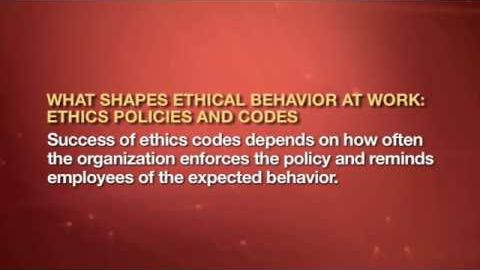
Subtitles & vocabulary
HR Management: Ethics & Fairness
00
Grace Wang posted on 2016/05/19Save
Video vocabulary
process
US /ˈprɑsˌɛs, ˈproˌsɛs/
・
UK /prə'ses/
- Transitive Verb
- To organize and use data in a computer
- To deal with official forms in the way required
- Noun (Countable/Uncountable)
- Dealing with official forms in the way required
- Set of changes that occur slowly and naturally
A2TOEIC
More discipline
US /ˈdɪsəplɪn/
・
UK /'dɪsəplɪn/
- Noun (Countable/Uncountable)
- Instruction and practice to teach obedience
- Particular field of study
- Transitive Verb
- To control or train others by making them obey you
- To punish a person for their wrongdoing
B1TOEIC
More work
US /wɚk/
・
UK /wɜ:k/
- Noun (Countable/Uncountable)
- The product of some artistic or literary endeavor
- Everything created by an author, artist, musician
- Verb (Transitive/Intransitive)
- To bring into a specific state of success
- To be functioning properly, e.g. a car
A1TOEIC
More company
US /ˈkʌmpəni/
・
UK /'kʌmpənɪ/
- Noun (Countable/Uncountable)
- Good feeling from being with someone else
- A business that sells things or provides services
A1
More Use Energy
Unlock All Vocabulary
Unlock pronunciation, explanations, and filters
